Put a name to your favorite style of home decor.

Peter Visual/Getty Images
Our homes are personal—and they should reflect our interests, desires, and styles. However, it’s not always easy to get a clear grasp on how our personal style can translate into home design. While you may be pretty confident picking out an outfit to wear, when it comes to choosing which sofa goes with which coffee table or picking a color palette for the living room, a lot us end up feeling a bit out of our depths. A major part of developing that skillset and comfort with your home design, however, is simply a matter of knowing what you like—and knowing what it’s called. Having the vocabulary and terminology for different interior design styles can be a major help when you’re shopping for and decorating your space.
So, we’ve compiled a guide to 10 popular interior design styles so you can better determine which ones best suit you and your home.
Related: Learn These 11 Furniture Styles Before You Shop for New Pieces
Traditional

KatarzynaBialasiewicz/Getty Images
Traditional interior design can have a very classic and timeless feel to it. It stems from 18th- and 19th-century British and French designs and is characterized by ornately detailed dark wood, curved furniture details, and elegant upholstery and window coverings. Traditional interior design can feel formal at times, but it can easily be mixed with modern pieces to keep the look fresh. This interior design style works especially well for people who love and appreciate antiques and enjoy mixing old and new.
Modern
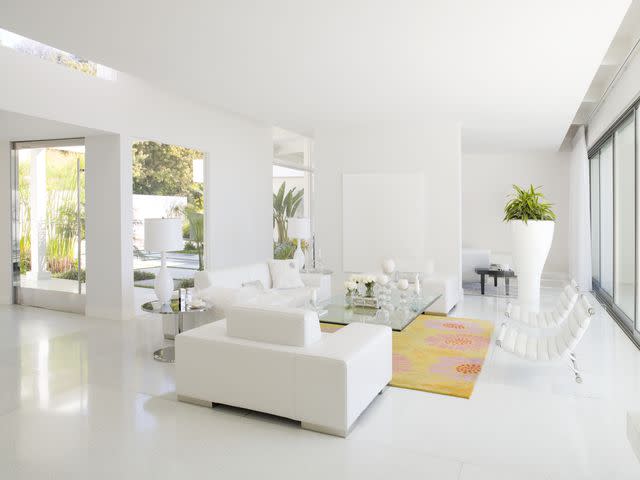
Whit Preston/Getty Images
Modern interior design is often misunderstood to just mean “current.” (That would actually be contemporary design.) But, in reality, this design style originated in the late 19th to early 20th century and is rooted in a larger design and art movement, closely tied to the design aesthetics and philosophies of Bauhaus, a German art school. Clean lines, minimal decor, simple forms, neutral color palettes—generally no-fuss living spaces—are all key characteristics of modern interior design.
Transitional
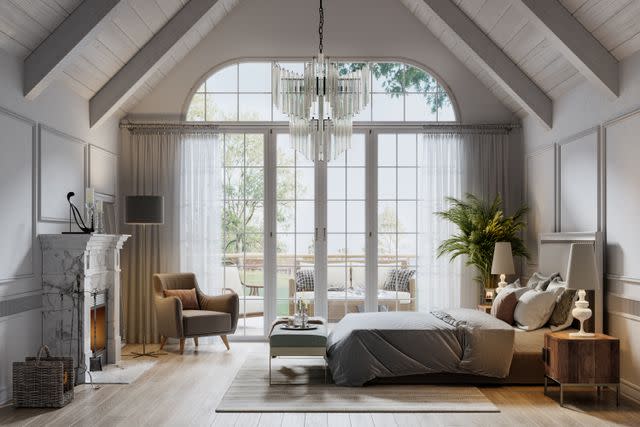
Now for a combination of the previous two. You’ve probably seen examples of this interior design style countless times before but just didn’t know what to call it. Transitional design is perfect a marriage of traditional and modern design styles. Furniture pieces in this style borrow curved accents from traditional design while keeping overall form minimal and geometric. The slight flair of this style makes it feel more elegant than full-modern style, while the lack of excess decor and ornamentation make it a pared-down relative to traditional style.
Mid-Century Modern
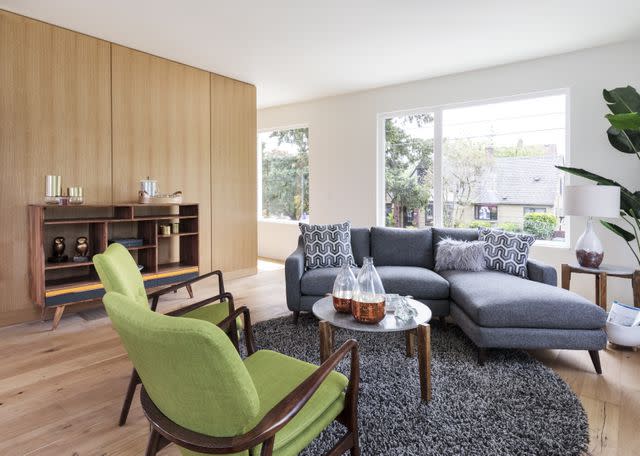
dpproductions/Getty Images
Mid-century modern design has become one of the most easily recognizable interior design styles, thanks to its many resurgences in the past couple of decades. This style was birthed in the mid-1900s and was responsible for many iconic designs that are still prominent today—like the classic Eames lounge chair and ottoman, the Noguchi table, the Cesca chair, and many more. Key characteristics of mid-century modern design include clean lines and organic shapes, warm, earthy tones, and natural elements. (If you’re a houseplant lover, mid-century modern design pairs great with lots of greenery.)
Industrial
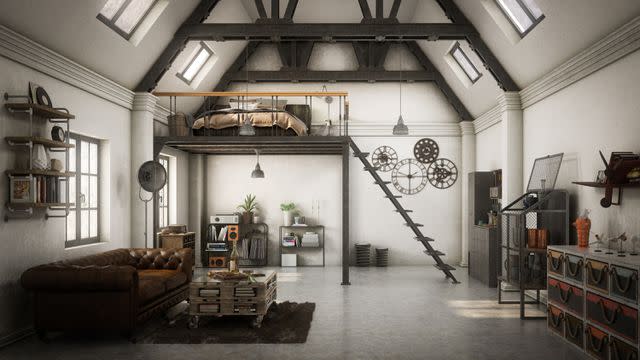
You’ve probably seen this style in a local coffee shop or co-working space, but it has a place in interior design too. As the name implies, industrial interior design is inspired by elements you’re likely to find in industrial buildings, like metal, concrete, brick, and pipes. This interior design style is often influenced by the existing architecture of a home. For example, a loft apartment with exposed brick or a barndominium home with exposed beams would lend themselves well to this decor style.
Minimalism
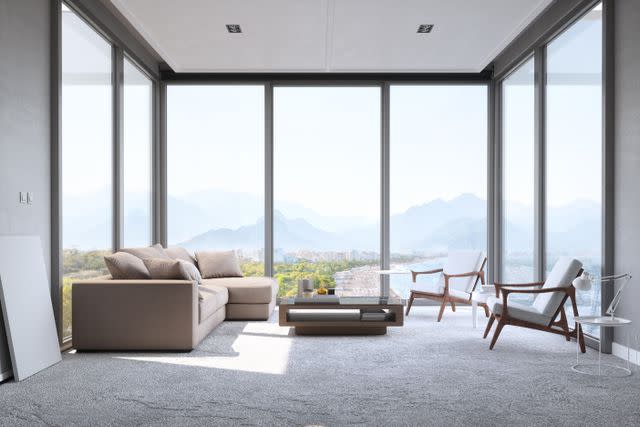
Minimalism is a bit harder to define as an interior design style because, technically, a lot of design styles can be done in a minimalistic way. However, minimalist design can be tied the a larger minimalistic art movement that happened after World War II and it’s also said to be a response to the overly ornate design and architecture styles (like Victorian architecture) from the preceding years. Minimalist interior design, which takes influences from Japanese and Scandinavian interiors, features clean lines, simple, sometimes sculptural forms, airy layouts, and the overall philosophy of “less is more.” If you have a strong aversion to cluttered spaces and prefer solid colors over prints and patterns, you may be a minimalist.
Art Deco
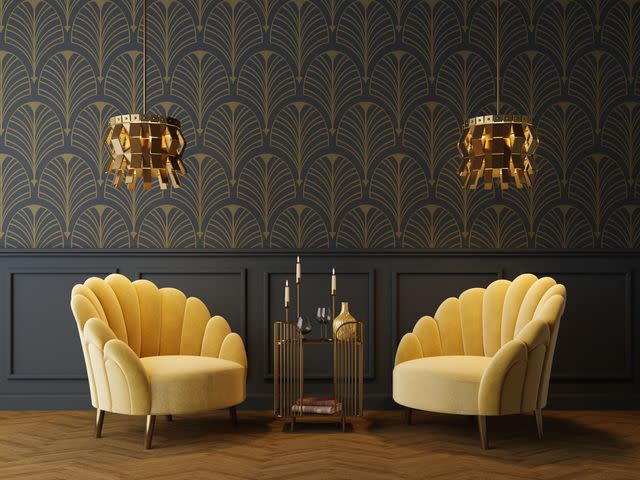
A stark contrast to minimalism, Art Deco is all about showy, not-so-humble interiors. Art Deco, short for Arts Décoratifs, was most popular from the 1920s to 1940s, and was more interested in decorative expression than simplistic function. Key elements of Art Deco design include geometric motifs, rich materials and surfaces, like lacquer, mirror, and brass, and bold and moody color palettes. In modern examples, you can see Art Deco design represented in interiors through velvet upholstered accent chairs, lots of gold and metallic accents, and glamorous statement lighting. If you wish you lived in The Great Gatsby set, your style might be Art Deco.
Modern Farmhouse
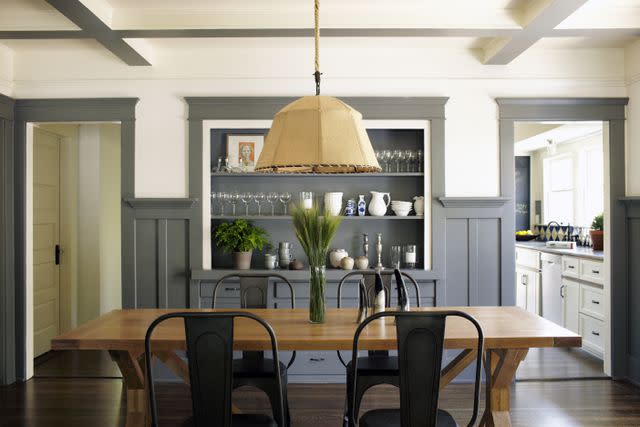
Joe Schmelzer/Getty Images
If you know who Chip and Joanna Gaines are, you know about modern farmhouse style. While the Fixer Upper stars didn’t invent the style, they’ve certainly helped popularize it in the past decade. Classic farmhouse style is more rustic and warm, modern farmhouse often features more black and white accents with more sleek and contemporary design elements. Of course, antiques and reclaimed wood still have their place in this interior design style, but just in smaller moments. Modern farmhouse interior design pairs well with homes that have bright, airy, open layouts—and bonus points for high, exposed-beam ceilings! (Shabby chic, which features more traditional and feminine elements, is a close relative to modern and classic farmhouse style.)
Coastal

Coastal interior design style takes its inspiration from, yes, you guessed it, the coast. With this interior design style, you’ll find color palettes inspired by sandy beaches and ocean blues, along with natural textures weaved in and breezy, relaxed decor. But don’t get this style mistaken for coastal-themed design. Coastal style is a more loose interpretation of the essence of seaside living, rather than literal examples—like shell motifs and anchor art.
Related: Coastal Decor Is Trending—Here’s How to Nail Beach House Style (Without Going Overboard)
Eclectic
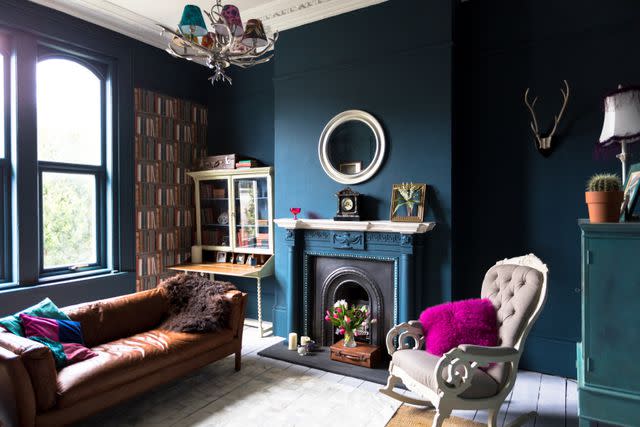
nicolamargaret/Getty Images
Eclectic interior design style doesn’t fit into just one category. It’s a grab-bag of interior design styles that depends largely on the person curating the home. Eclectic design can be bold, playful, and down-to-earth all at the same time, with an emphasis on home decor that’s meaningful and has been collected over time. With this style, you’re likely to find a mixture of any combination of the above design styles—accented with lots of personal flair.
For more Real Simple news, make sure to sign up for our newsletter!
Read the original article on Real Simple.


